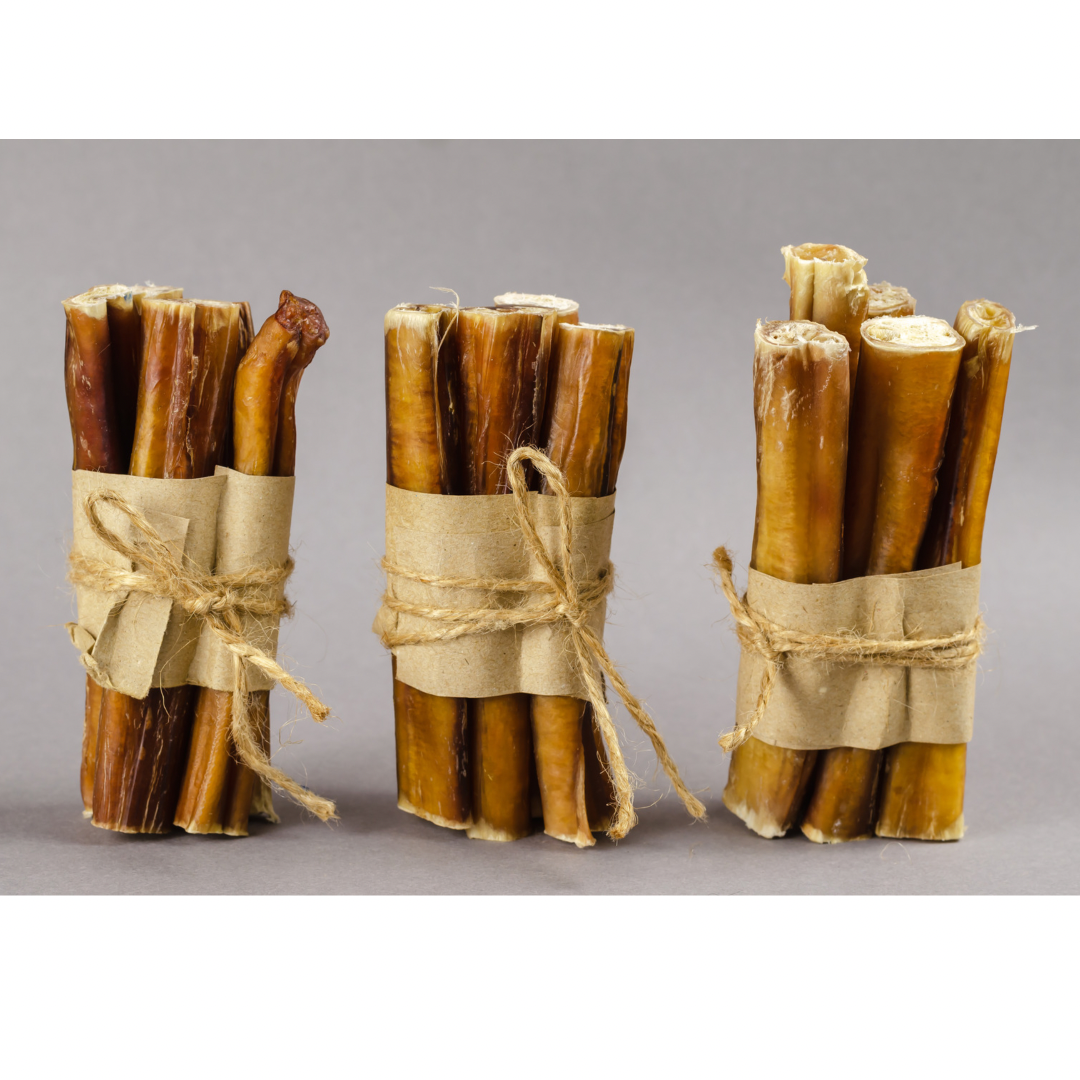
Do you know how to choose treats for your pets?
Share
The dos and don’ts of dog treats
Your dog loves you to the moon and back. And you will do anything and everything to love him back. The best way to show your love is to spend plenty of time with him and play with him, but you also love to spoil him with treats. Whether you buy them from your pet store, make them at home or buy them online, you ensure your dog never runs out of treats. How good are these treats for your dog, though? These harmless tidbits that you feed them every now and then have some Dos and Don’ts that you need to follow. Let’s jump into it right away, shall we?
The dos of dog treats
- Dog training
You can use dog treats as a great way to train your dog. Each time your dog does the right thing or exhibits good behavior, you can reward him. This will help him understand what is expected of him and make him a good boi. As he starts to understand better, you can reduce the number of treats, and soon he will start to behave the right way without the reward.
- Read the label
Before you pick up a readymade treat give a glance at the label to identify the ingredients. This way you can avoid potential allergens or other ingredients that are not good for your dog. You wouldn't want a dog treat to do more harm than offer your dog pleasure, would you?
- Count the calories
Don’t overfeed treats. Follow your vet’s recommendation when feeding your dog a dog treat. Calories count, and while you might not notice it immediately, excessive treats can cause your dog to gain unnecessary weight. Your dog’s age, activity levels, health issues, etc. all play a role in deciding how many treats he can have daily. Talk to your vet to determine what is the right quantity.
- Do you have a separate bowl?
You wouldn’t like to eat from a messy plate; your dog wouldn’t like an unclean bowl either. Ensure you have separate bowls for food and water, and they are clean all the time. You can feed your dog treats in the food bowl or offer them by hand.
- Some privacy, please
Make sure your dog has a quiet place to eat his treat in peace. If you have more than one dog, make sure they both get to eat in their own space without interference. Keep small children away from dogs when they are eating, whether their meals or treats.
- Clean drinking water
Your dog should have access to clean drinking water all the time. Some treats can cause more thirst and your dog should have a bowl of fresh, clean water to go to right after finishing on the delicious munchie.
While the dos are fairly easy to follow, there are also a few don’ts that you need to keep in mind when feeding your dog treats.
The don’ts of dog treats
- No overfeeding
Earlier we spoke of counting calories and we can’t stress how important it is not to overfeed dog treats. While treats do contain healthy nutrients (you have to check the label to ensure that), they are NOT a substitute for a nutritious meal. If you fill your dog’s stomach with treats, he’s not going to have enough of an appetite left to eat his primary meal.
- No human snacks
Always give your dog dog-appropriate treats. This means no feed human snacks and definitely not junk food. Your dogs might lap it up but it’s not a good idea as it can lead to severe health complications later. Do not give chocolate to your dog! Chocolate can be quite harmful to your pet, so keep it far away from their reach. Check with your vet for a complete list of human foods that are a definite no-no for dogs.
- Don’t reward bad behavior
Treats should be used only for good behavior. Don’t use treats as a distraction if the dog is excited, jumping around, climbing on things, etc. This will simply reinforce bad behavior and your dog will do more of these acts in the hope that a treat will come its way. A treat should only be given when your dog is calm and fully focused on you. Teach commands like sit or lie down and only when the dog listens, offer the treat.
- Don’t treat during meals
Keep mealtimes and treat times distinct. Do not give treats during mealtimes and always feed your dog his daily nutritious meals at the fixed time. Have specific times or occasions when you offer a treat, so your dog starts associating those behaviors or times with a treat and does not confuse mealtimes with treat times.
Treats are a great way to reward and reinforce good behavioral traits in your dog. Identify the right treats to give, the right amount to give, and the best times to give them to keep your pooch happy and healthy.
Also, check out our blog on How do I pick the right treats for my dog?
